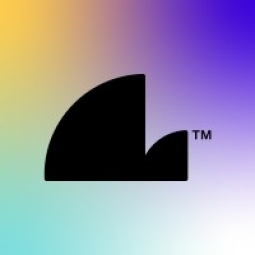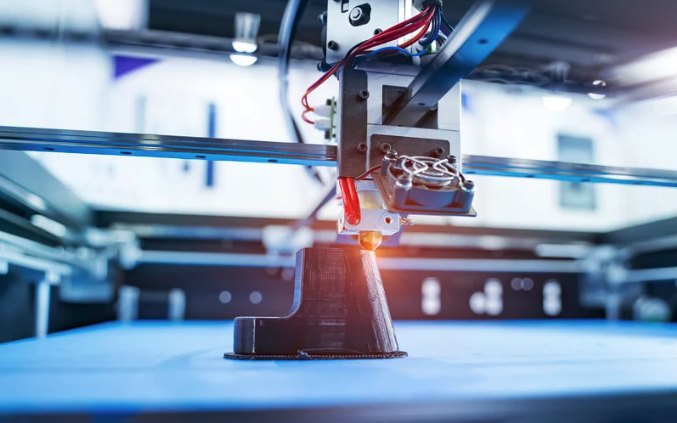Technology Category
- Infrastructure as a Service (IaaS) - Cloud Databases
Applicable Functions
- Product Research & Development
Use Cases
- Additive Manufacturing
About The Customer
Summit Graphics is a seasoned printing company with a team of professional designers and production staff. They are experienced users of CorelDRAW, utilizing many of its high-end printing features on a daily basis. The company is known for taking on complex printing projects, such as book cover designs that require a mix of different file types and large-scale tasks like printing thousands of uniquely numbered ID badges. They are committed to delivering high-quality printing services and are always looking for ways to improve their efficiency and effectiveness.
The Challenge
Summit Graphics, a seasoned printing company, was faced with the challenge of efficiently managing complex printing tasks. The company frequently used high-end printing features in CorelDRAW, such as specifying trap width and image trap placement. However, they were faced with a complex book cover project that required a mix of native Adobe Photoshop files, TIFFs, vector text, and spot process colors. Additionally, they were tasked by Iowa State University to print over 3,000 sequentially numbered ID badges, each with a unique name and ID number. This would typically require technical assistance from an IT specialist, adding to the complexity and time required for the project.
The Solution
CorelDRAW's flexible file handling capabilities and variable data feature provided the solution to Summit Graphics' challenges. The complex book cover project was successfully completed using CorelDRAW, with the final file printing flawlessly. For the ID badges project, the Print Merge function in CorelDRAW was utilized. This allowed the designer to set everything up within CorelDRAW with great control over fonts, colors, and other formatting attributes. The client provided a simple Excel file with all the names, which was imported automatically into CorelDRAW. The designer was able to specify the format of the sequentially increasing number field, define the data fields, and insert them into the drawing. The static design elements and the variable data fields were then merged, and the customized documents were printed.
Operational Impact
Quantitative Benefit

Case Study missing?
Start adding your own!
Register with your work email and create a new case study profile for your business.
Related Case Studies.

Case Study
Ford Motor Company on the Road to 3D Manufacturing
To date, key challenges have stood in the way of 3D printing becoming a manufacturing tool for the automaker. The first issue is a fundamental one — conventional 3D printing technologies make parts layer-by-layer, slowly crafting one layer at a time, creating parts that aren’t nearly as robust as those stamped or injection molded. While the slow speed of this process is a major drawback, the bigger problem is that the parts produced are not isotropic and not durable enough to be used in production vehicles. In addition, most parts used in vehicles today must withstand temperature extremes from the hottest desert to the coldest Arctic environments and still maintain their integrity. With only a handful of stock materials available for 3D printers, meeting the automaker’s unique demands has not been possible.
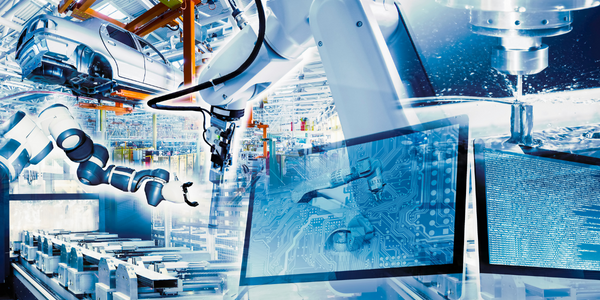
Case Study
Bekaert's Journey to Manufacturing Digitalization with TCS
Bekaert, a major player in the steel wire industry, was facing significant challenges in its manufacturing operations due to outdated data platforms. The company was unable to trace genealogy beyond a week's data and lacked diagnostic analysis of plant operations, which severely hampered decision-making. The absence of automation in benchmarking operations and extensive reporting on plant management further complicated the situation. To enhance efficiency and effectiveness in multiple focus areas, Bekaert needed a modern data platform capable of managing large volumes of data and generating actionable insights. The company aimed to drive quality, overall equipment effectiveness (OEE), and plant productivity based on these insights.
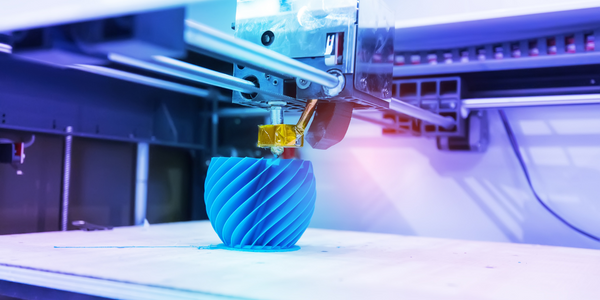
Case Study
3D Printed Prototypes Streamline Equipment Introduction
Vauxhall set out to introduce a modified process hanger with a new part that would be used to support each vehicle body throughout the production process. This part is a critical piece and had to perfectly fit both the machinery and the auto body to create correct clearances and avoid damage during production.
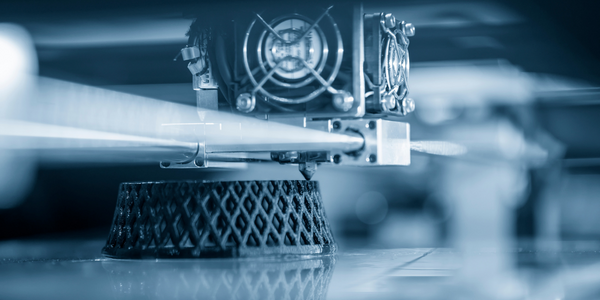
Case Study
3D-Printing of Tooling Parts
Selective Laser Melting (SLM), an additive manufacturing technology, can be used for the production of tooling components with conformal cooling channels. ABB OY, Drives and Controls, was able to tremendously reduce the cycle time for a cabling grommet due to a redesign and optimization of a tooling insert. The optimized geometry of the part not only reduces the cycle time but also leads to less scrap parts in production.The aim of the case study of implementing conformal cooling for this insert was to improve the efficiency of the production and to increase the product quality resulting in less defective products.
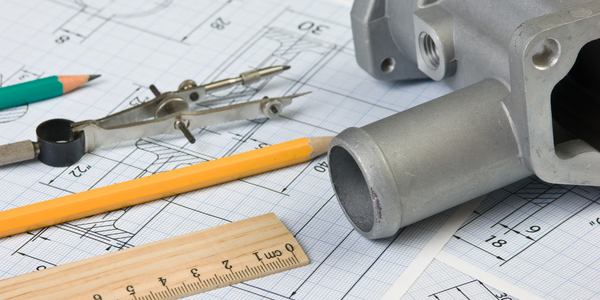
Case Study
Delphi Leverages the M1 for Prototyping and Final Part Production
As the automotive industry continues to tighten product development timelines, compressing design time in the supplier network has been the go-to model to achieve desired results. Traditionally, to successfully address the economics of part production, Delphi has used technologies like injection molding to deliver parts at scale. The cost of tooling development and time associated has limited part production to be focused on mass-production only.




